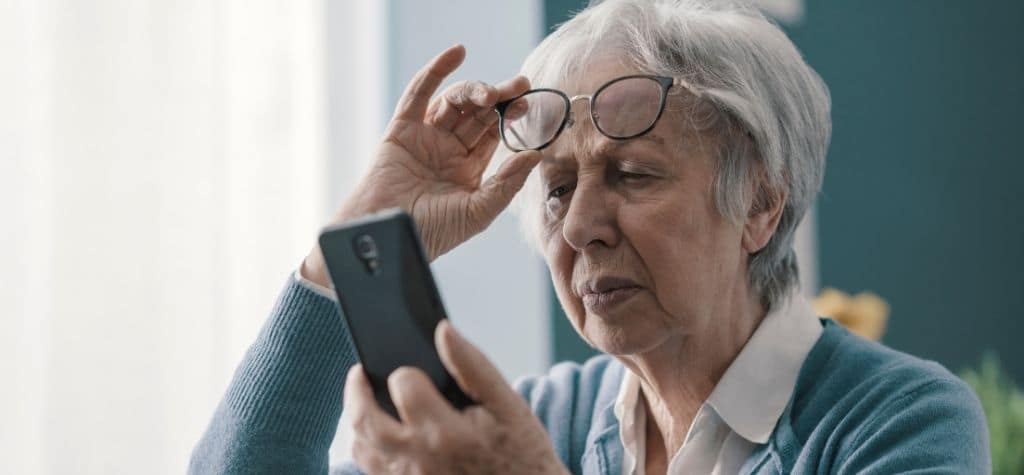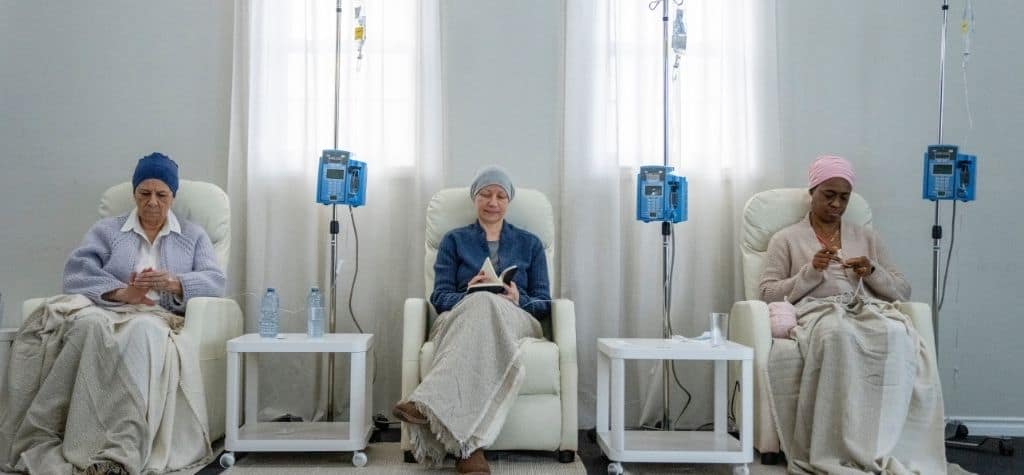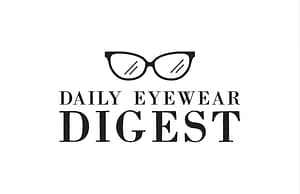Vision problems affect millions worldwide, but thanks to groundbreaking advancements in 2025, correcting common eye conditions has never been easier. From AI-powered surgeries to innovative eye drops, science is revolutionizing how we treat nearsightedness, farsightedness, cataracts, and more. This article explores six vision problems that you can now fix with the latest medical breakthroughs.
The Evolution of Eye Care in 2025
The year 2025 has brought remarkable progress in ophthalmology. AI-driven diagnostics, robotic-assisted surgeries, and non-invasive treatments have made vision correction more effective, safer, and widely accessible. The integration of gene therapy and bioengineered eye cells has further pushed the boundaries of what’s possible in restoring perfect vision.
Common Vision Problems and Their Impact

Vision issues range from mild discomfort to severe impairment, affecting quality of life, productivity, and overall well-being. The most prevalent conditions include:
- Myopia (Nearsightedness) – Difficulty seeing distant objects.
- Hyperopia (Farsightedness) – Trouble focusing on close-up objects.
- Astigmatism – Blurred vision due to irregular cornea shape.
- Presbyopia – Age-related vision decline.
- Cataracts – Clouding of the eye’s lens.
- Glaucoma – A condition that damages the optic nerve, potentially leading to blindness.
With rapid innovations, these issues are now more treatable than ever.
1. Myopia (Nearsightedness) – Cutting-Edge Solutions
Myopia is on the rise globally, but 2025 offers new hope:
- Advanced LASIK – More precise laser techniques enhance outcomes.
- Orthokeratology (Ortho-K) – Special overnight lenses reshape the cornea for clearer daytime vision.
- Gene Therapy – Emerging research suggests potential reversal of myopia through targeted genetic treatments.
2. Hyperopia (Farsightedness) – New Treatments
Farsightedness makes reading and close-up tasks difficult, but modern solutions include:
- New-Gen LASIK & PRK – Less invasive and quicker recovery times.
- Artificial Lenses – Implantable lenses that correct vision permanently.
- Corneal Reshaping – Non-surgical methods that improve clarity.
3. Astigmatism – Correcting Blurry Vision
Astigmatism causes distorted vision, but innovative methods provide effective correction:
- Toric Lenses – Specialized contact lenses customized for astigmatism.
- Topography-Guided Laser Surgery – Precisely reshapes the cornea for sharper vision.
4. Presbyopia – Reversing Age-Related Vision Loss
Presbyopia, common in adults over 40, is now treatable with:
- Smart Contact Lenses – Adaptive lenses that auto-adjust focus.
- Corneal Inlays – Tiny implants that restore near vision.
- Vuity Eye Drops – FDA-approved drops that temporarily improve reading vision.
5. Cataracts – Revolutionary Surgical Options
Cataracts, a leading cause of blindness, are now easier to fix:
- AI-Assisted Cataract Surgery – More precise removal and lens implantation.
- Premium Intraocular Lenses – Multifocal and extended-depth lenses for clearer vision.
- Non-Invasive Treatments – Research into eye drops that dissolve cataracts naturally.
6. Glaucoma – Preventing Permanent Vision Loss
Glaucoma damages the optic nerve, but 2025 offers advanced solutions:
- Micro-Invasive Glaucoma Surgery (MIGS) – Minimally invasive implants to reduce eye pressure.
- Neuroprotective Treatments – Medications that shield optic nerve cells.
The Role of AI and Robotics in Eye Care

Artificial intelligence is now assisting in early disease detection, while robotic-assisted surgeries provide greater precision and reduced recovery times. AI-powered vision correction promises better patient outcomes.
The Future of Personalized Eye Health Treatments
From genetic testing to bioengineered eye cells, eye care is shifting toward highly personalized treatments, ensuring better compatibility and long-term results.
Natural Ways to Improve and Maintain Eye Health
While medical advancements are crucial, natural habits also support better vision:
- A nutrient-rich diet (rich in vitamins A, C, and E)
- Regular eye exercises to strengthen focus
- Reducing screen time and wearing protective glasses
How to Access These Treatments in 2025

With medical advancements widely available, treatments can be accessed through:
- Specialized eye clinics offering the latest procedures
- Insurance coverage and financing options for new treatments
- Global accessibility of AI-assisted eye care
FAQs on Vision Correction in 2025
Q1: Are these treatments safe?
Yes, 2025’s advanced procedures use AI, robotics, and non-invasive methods, making them safer than ever.
Q2: How long is the recovery time?
Most modern eye surgeries have minimal recovery times, often within a few days.
Q3: Can natural methods improve vision?
While natural methods help maintain eye health, severe conditions typically require medical intervention.
Q4: Are these treatments expensive?
Costs vary, but insurance and financing options are increasingly available.
Q5: What’s the best treatment for presbyopia?
Vuity eye drops and smart contact lenses are top options in 2025.
Conclusion
With rapid advancements in eye care, 2025 offers cutting-edge treatments to correct common vision problems. Whether through AI-assisted surgery, innovative eye drops, or smart lenses, restoring clear vision is now more accessible than ever.

